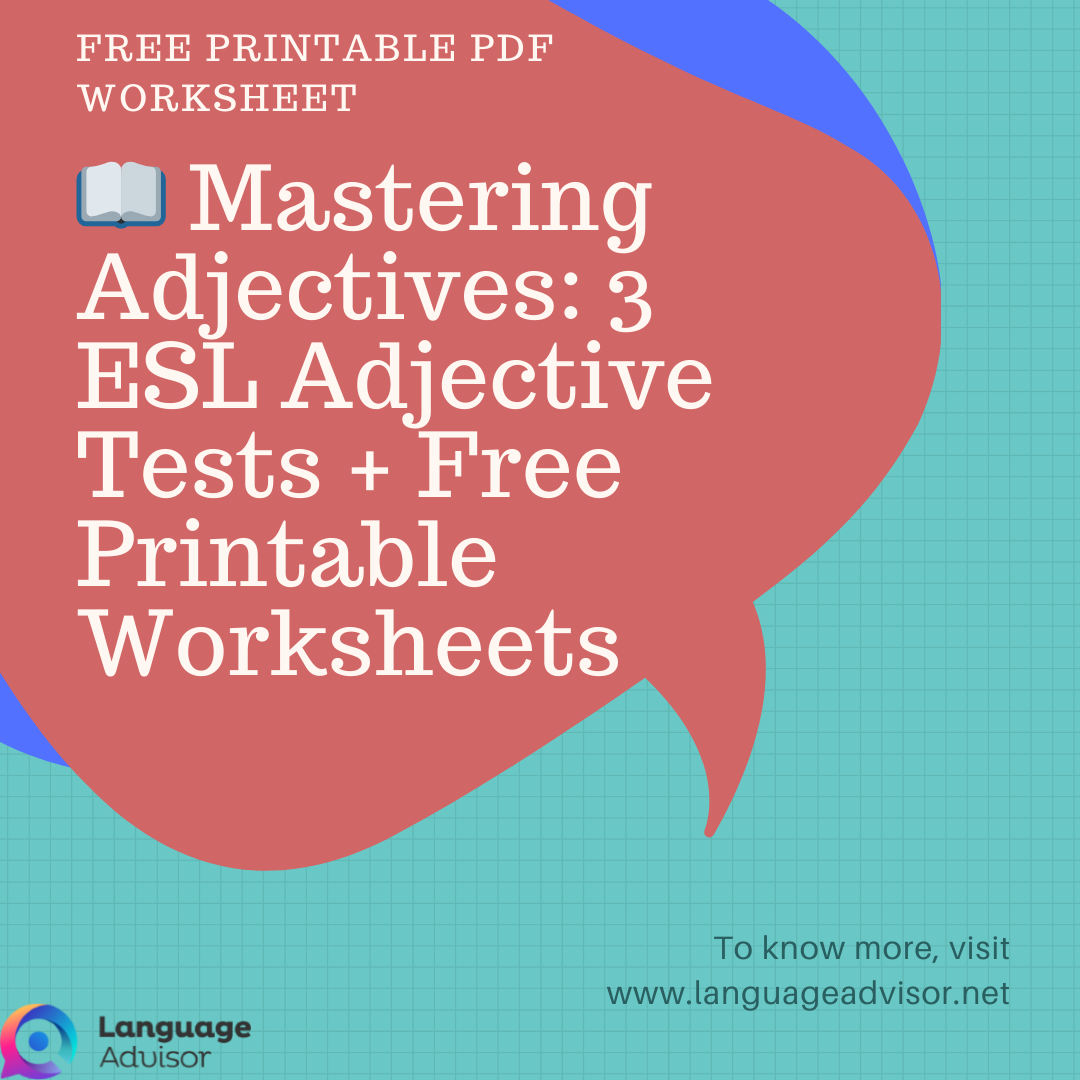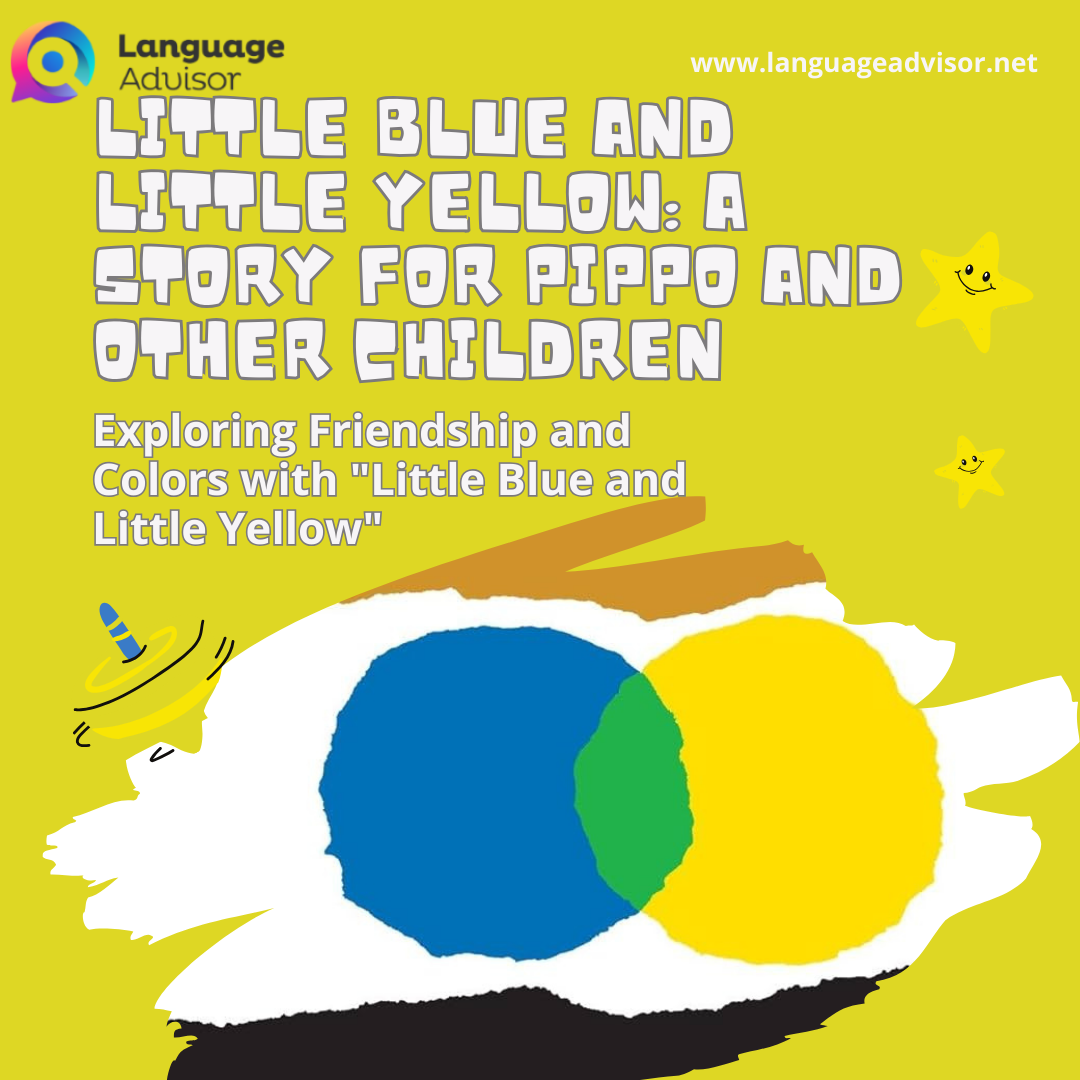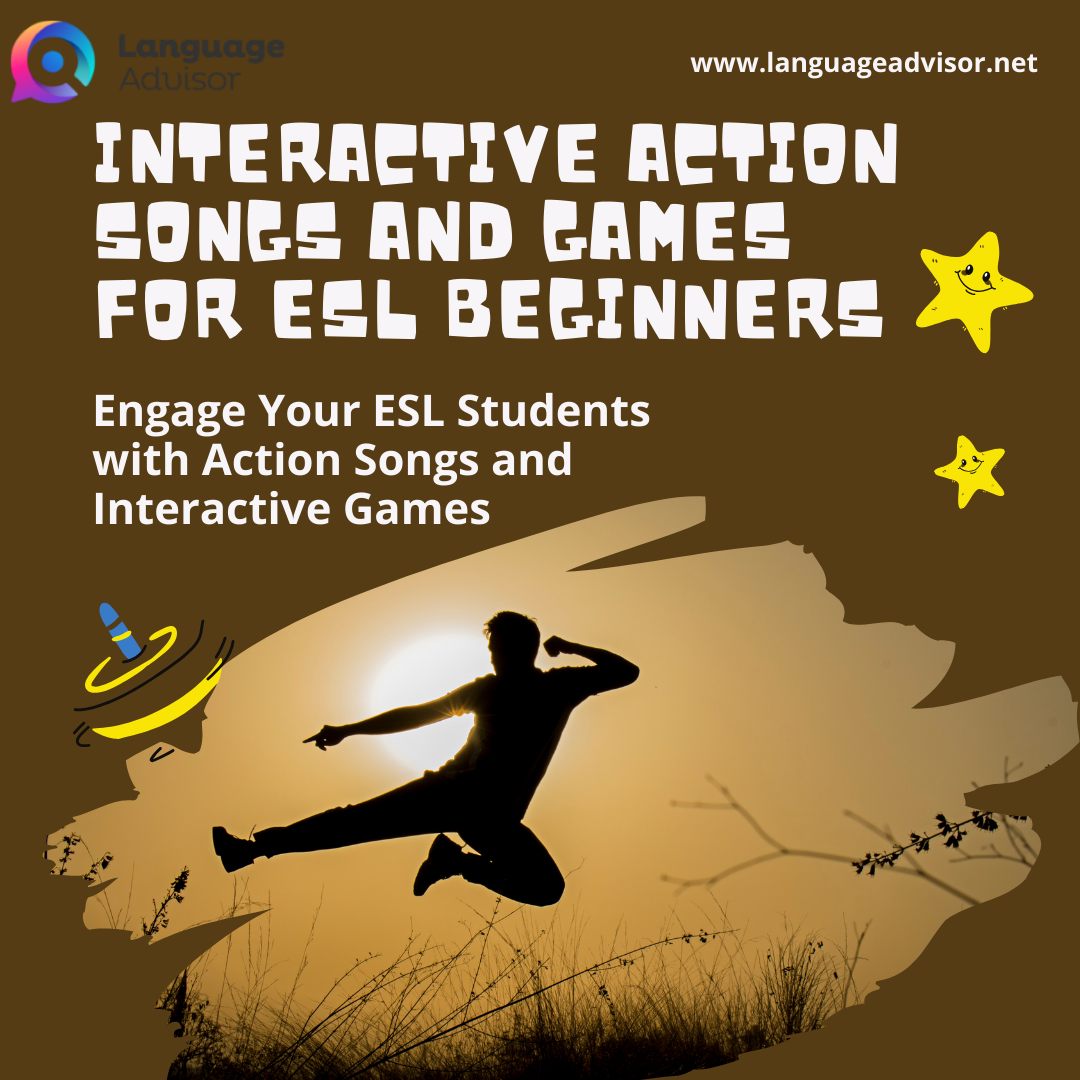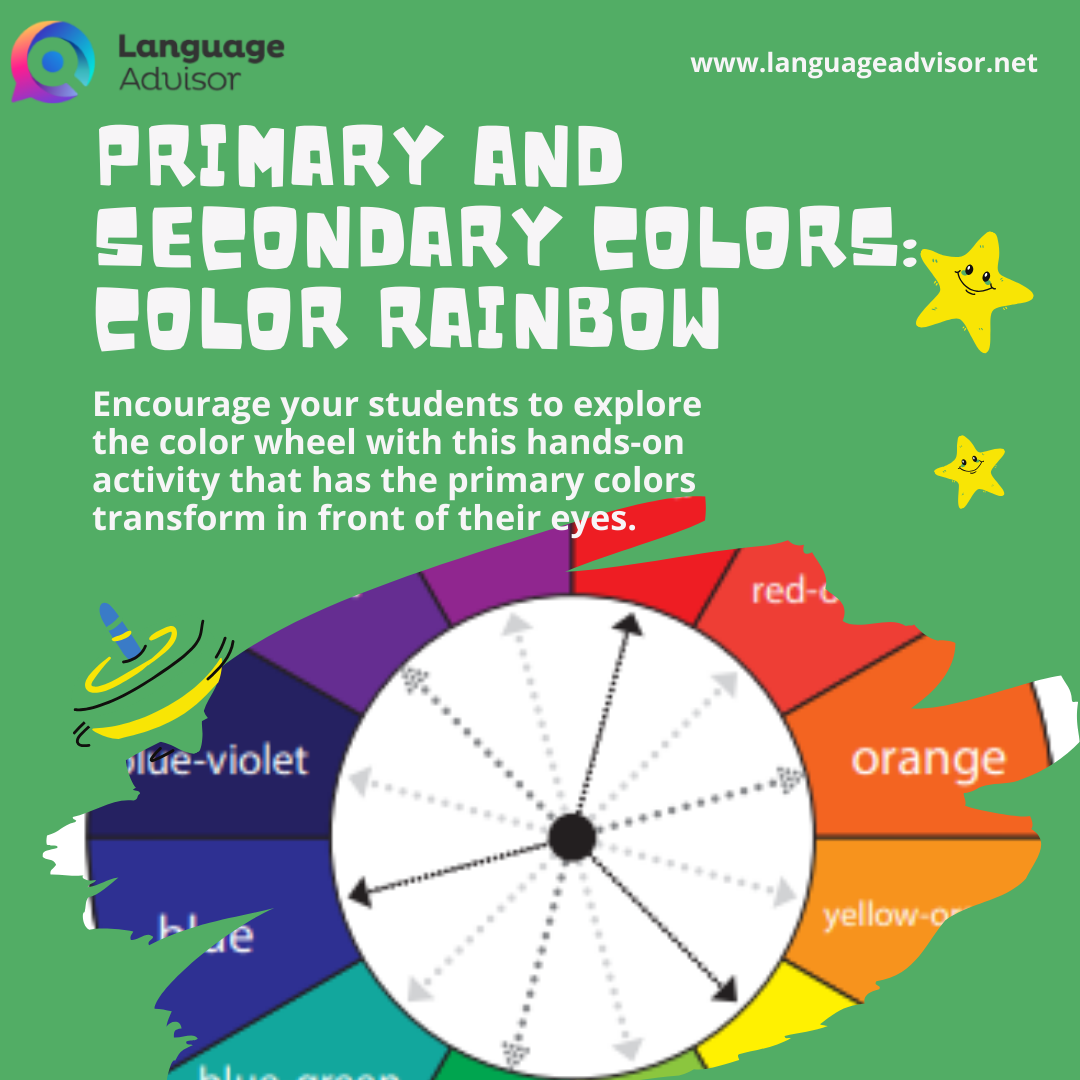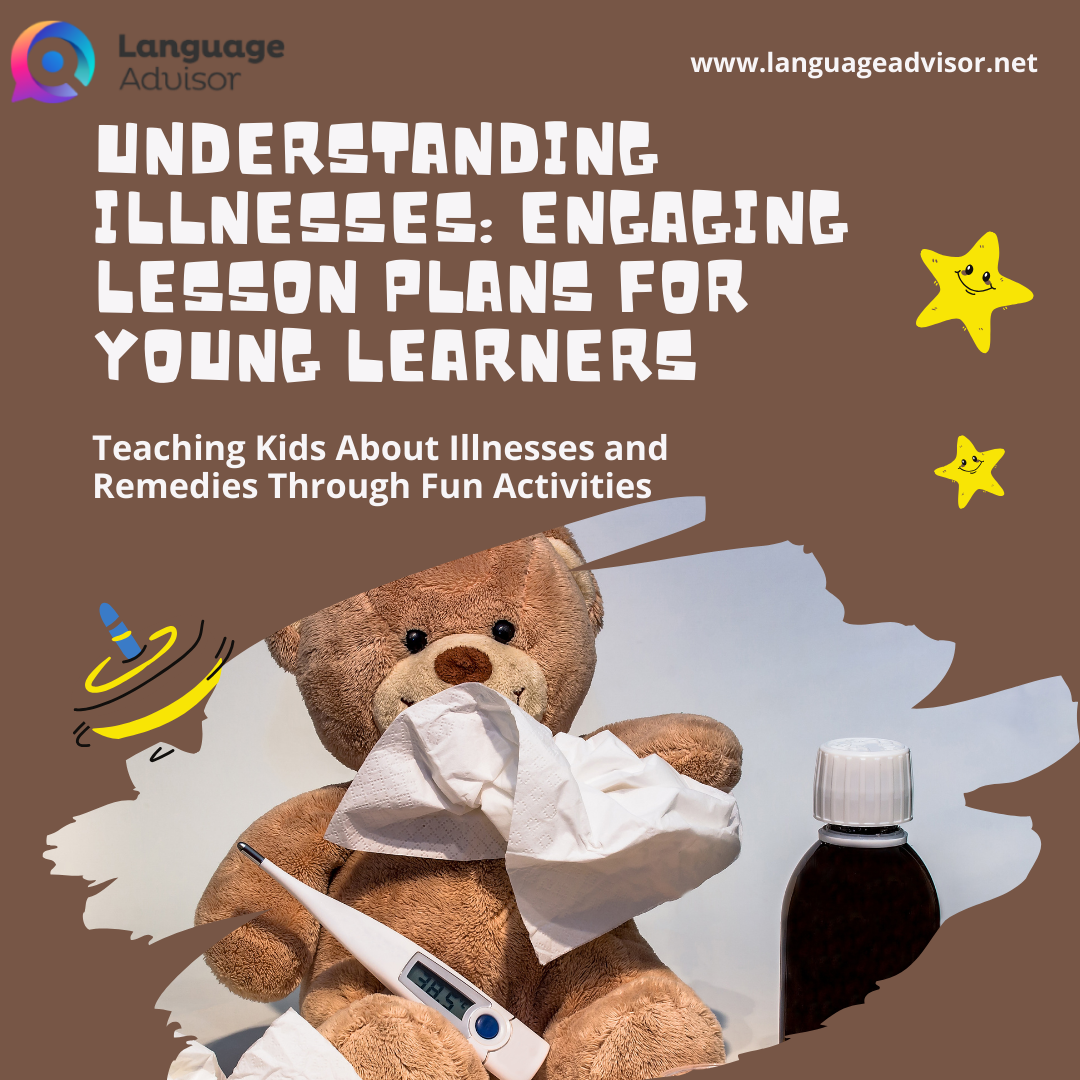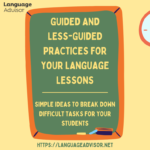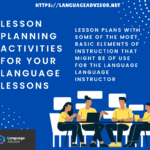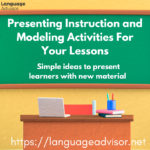Independent Practices For Your Language Lessons. Simple ideas to provide engagement and authentic language production
Independent Practices For Your Language Lessons
Independent Practices For Your Language Lessons for All Language Classrooms
Independent Practices For Your Language Lessons
A list of Independent Practices For Your Language Class. Lessons to provide engagement and authentic language production.
Independent practices are simple in concept. The idea is that students have been given instruction, have gone through a number of activities, and are now ready to show their understanding. While independent practice is sometimes seen as an assessment activity, they are not always one and the same. An independent practice may or may not be assessed by a teacher for a final score. Often, an independent activity can serve as the precursor to a test, final presentation, or project.
One of the difficulties for teachers in creating independent activities is that often they take a rather ordinary shape: essay, test, or speech. While each of these devices can be important techniques to allow students to practice their language production, independent activities can extend beyond these typical structures. In project based curriculum, researchers ask teachers to think outside the traditional box and think of unusual and fascinating ways to engage learners in language production.
The following activities attempt to introduce proper use of traditional independent practices, and then demonstrate activities that, with a little creativity from a teacher, might provide engagement and authentic language production where there might otherwise have been a lack of interest from participants.
The art of teaching is the art of assisting discovery
~
Mark Van Doren

Independent Practices For Your Language Lessons
What follows are a few very simple ideas to help stimulate interaction and thought in a classroom.
Tests

Description
While a test or examination is something every teacher is familiar with, tests are constructs that are often more difficult to create and administer than many believe. In some sense, bad tests are easy to give, but tests that actually measure knowledge are more complex.
Here are a few things to keep in mind:
a. Ensure that tests measure the right construct.
A teacher must have in mind what a student should actually know and be able to perform. A proper test should measure the ability for that student to demonstrate knowledge of the construct. Thus, if the ability to use the passive voice is important for a teacher, a test on identifying the passive voice is NOT going to measure a student’s ability in usage.
b. Ensure that tests measure more than memory.
A teacher should also have in mind the idea that a test, in particular a language test, should not just measure the memorization of facts but measure the ability for a student to use language in real situations and in real time.
c. Teachers who truly want to learn about test construction should consider reading literature about how to best construct a test.
Make sure you pay attention to the terms reliability and validity and how they relate to test accuracy.
Multiple choice, true false, fill in the blank, short answer, matching, and other common testing types may or may not be appropriate for language use. Please consider both the strengths and disadvantages of each question type as it relates to the construct you are trying to measure.
Here are some ready to use tests on Language Advisor

Compositions

Description
Compositions, or writing essays, are common devices that demonstrate learners’ abilities to develop an idea through a writing process. Generally speaking, modern writing theory suggests that essay writing is done over time, with multiple drafts, peer review, and conferencing for best results. In short, the concept is that a composition is not a linear process, but a recursive one, meaning that students must revisit their ideas, reorganize, and revise.
Good writing assignments will allow students time to engage in that kind of a process, thus, most writing theorists would suggest that teachers have a series of activities that lead up to the turning in of a final paper.
Here are a few ideas:
a. With writing essays, an assignment sheet is often given that demonstrates due dates, different activities for pre-writing, writing, and revision. An assignment sheet makes your expectations clear as a teacher.
b. Model essays should certainly be presented at some point in the writing process, but you must consider when you want to show a model. It may be useful to show a model after the initial brainstorming and first rough draft.
Alternatively, some teachers will actually create a model with students as a guided practice activity.
c. When presenting a model, make sure that models demonstrate the types of language you want students to produce. Highlighting or underlining certain writing features in an essay can help students notice the language features you are most interested in having them produce.
d. In addition to presenting a highlighted model, consider using a rubric that identifies key categories that you will use to evaluate the final product.
e. When inviting students to write essays, consider a variety of genres that may prove useful for students in later academic studies (persuasive, descriptive, expository, narrative, investigative, and so forth).
Here are some examples of essay models
All downloads are in PDF format


Presentations
Description
A presentation is an opportunity for students to demonstrate their ability
to speak, present clear and organized ideas, and to show their persuasive or informative power to an audience.
This skill also allows students to practice language strategies such as preparing notes and ideas, monitoring language output, organizing information, and controlling anxiety, all important skills for language production.
A presentation may be of varied lengths and complexities, but generally have the following elements:
a. As with a writing assignment, a teacher should generally give students clear directions through an assignment sheet. The assignment sheet should clarify the length, topic, and expectations of the speech. Visual elements such as a PowerPoint, pictures, or poster board should also be clearly explained.
b. While a PowerPoint is a common tool, be careful to have students write text that would supplant their ability to speak freely. Speaking production should be natural, and written text should not interfere or replace the majority of the students’ speech. In other words, don’t turn a presentation into a writing assignment by letting students read their speech!
c. Use of a model and rubric is highly recommended. If you can record past student presentations and demonstrate how they would score on a rubric, this can be an excellent way of demonstrating teacher expectations. Rubric categories vary among language professionals, but may include: organization, use of key vocabulary, pronunciation, body and voice, persuasion, ability to respond to an audience, and use of visual aids.
Here are some ready to use presentations you can find on Language Advisor

Create and Perform a Dialogue

Description
Inviting students to create and perform a dialogue allows for student creativity and helps learners recognize the use of language in real-life scenarios.
It also gives students a chance to interact, negotiate, and conceptualize an audience.
When inviting students to create a dialogue ensure that you demonstrate at least one strong model. Also, since dialogue is performed in teams, you may wish students to create the dialogue in teams as well, thus inspiring a collaborative design process.
Dialogues need not have all the structure of a proper composition or presentation, but should at the least come with a basic understanding of time limits, use of props, and language forms to be expected.
You can create your own comic strips using Canva for free like these:




Dramatization

Description
Asking students to dramatize a reading can be one of the most exciting activities a language class can produce. A school production of a short story, for example, might transform a 2-week unit into an exciting theatrical display of language and entertainment.
While a dramatization might be done in small groups, some language teachers use them as an opportunity for students to self-select into groups such as the writing team (writes the script), the actors (perform the script), the set designers (create the costumes and set design), and producers (work to promote the production, get an audience, create advertising). When done correctly, this activity promotes real language use and gets students involved in a way that is quite unique.

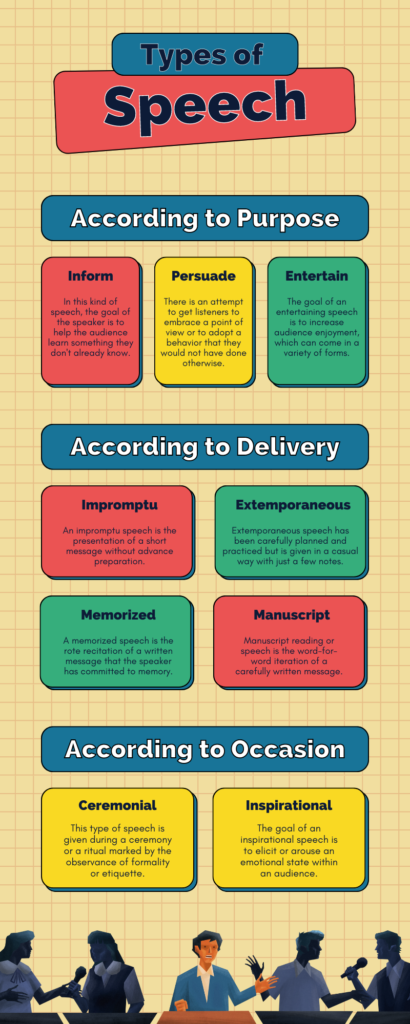
Impromptu Speech
Description
Give learners a chance to show their language production on the spot. Have them choose a topic and speak on that topic for a certain period of time. The
impromptu speech is best accomplished when students are given a certain number of phrases they are required to use. While this is often an assignment that is best ungraded, it gives students a chance to demonstrate their instant
knowledge of a topic or subject, and instant feedback from a teacher and other learners.
Here are some speaking cards you can find on Language Advisor

Newsletter

Description
Having students create a newsletter as a class can be an exciting opportunity to transform classroom learners into journalists. Students can all be given an opportunity to contribute to the newsletter’s different sections. Students might be selected (or select themselves) to write feature stories, sports articles, entertainment or food reviews, get-to-know-you pages (they can interview someone from the school), and even the horoscope. When a teacher assigns this kind of a project, again, models of real life newsletters and newspapers can serve to guide the writing expected.
Here are some examples




Interviews and Student Presentations

Description
Students may interview someone (another student, a teacher, and so forth) on a particular theme and then present results to the class.

Onomatopoeia Scavenger Hunt

Description
Invite students to look for specific words or sounds in real life. Provide a sheet wherein students are given a list of definitions and will be sent out the door in an attempt to get people to think of words that might work. This works really well with onomatopoeia (words that sound like the things they describe).

Commercials/Advertisements

Description
You can record commercials or have students simply perform their commercials by creating products that have something to do with the theme.
You can video record the student commercials and then watch them in class the following day. Have the students evaluate an aspect of the commercial (for example: Was the commercial visually appealing? How did they make their commercial visually appealing?)

Class Field Trip
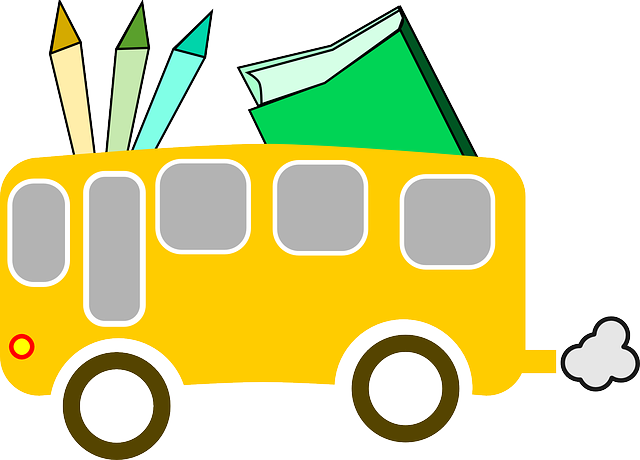
Description
Take learners to a baseball game if you are learning about baseball. Take them to the local newspaper if you are writing news reports. To make it a proper independent practice, invite students to write or speak about what they learned.

Independent Practices For Your Language Lessons
Here are some other Lesson plan ideas Activities you can find on Language Advisor
Lesson plan Activities For Your Language Lessons






